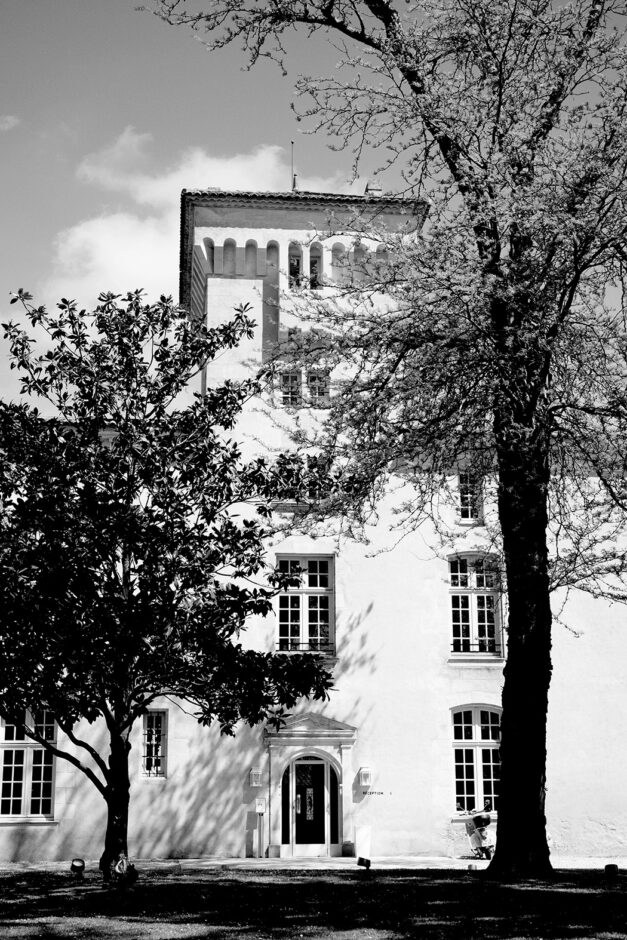14th Dec 2022
"Smell is a potent wizard that transports you across thousands of miles and all the years you have lived."
- Helen Keller
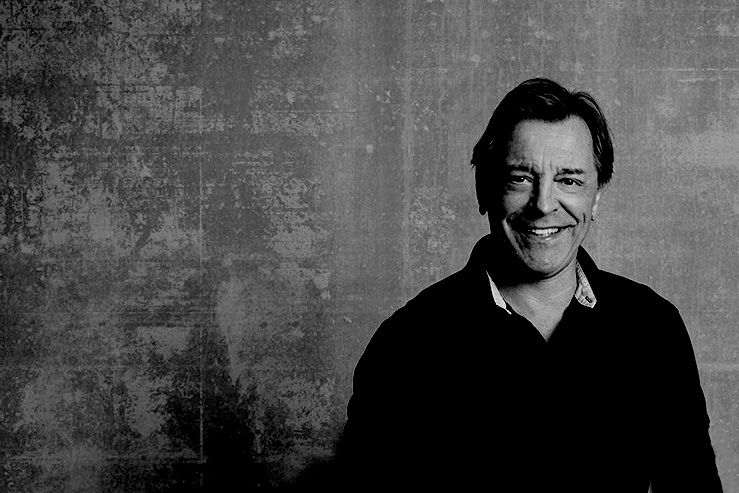
The Emperor of Smell
The worlds of wine and perfume are connected by their reliance on our noses. Scent detection is a critical component of what we perceive as flavors—a combination of scent and taste—because we can smell far more than we can taste. Anyone who suffered from the loss of their olfactory function during a bout of Covid can vouch for how flavorless foods and drinks become without our noses. I’ve spent most of my working life isolating aromatic compounds in wines, which is why I’m fascinated by those who play a similar role in the perfume industry. It is, therefore, curious to me how rarely interest in these two industries overlaps. One such case is Silvio Denz.
Originally from Basel, Silvio Denz studied finance in the UK and spent time working in the USA before returning home to take over the management of his family’s small perfume and cosmetics business. He turned a company of just ten employees into the largest perfumery chain in Switzerland, with around 800 employees. In 2000, he sold his family’s company, subsequently focusing his efforts on the luxury perfume sector. When a struggling yet reputable Alsatian crystal factory—Lalique—came up for sale in 2008, Denz saw a synergy and bought the company. Then he turned his keen eye for synergistic opportunities toward Bordeaux wine production.
"Wine is in my blood!"
“My father was a great wine aficionado,” Denz explained. “Even as teenagers, my brother and I were allowed to try fine Bordeaux wines with Sunday lunch. Wine is in my blood! At the age of 28, I opened my first wine dealership and a wine auction house in Zurich, along with some friends. In 1998, we bought our first vineyard together in Catalonia, in Spain. Our winemaker was none other than Peter Sisseck, and I have owned the Château Rocheyron estate in Saint-Émilion with him since 2010. It was always my dream to have my own vineyard in Bordeaux, preferably in Saint-Émilion. The dream became a reality in 2005 with the purchase of the 400-year-old property Château Faugères, as well as the Château Péby Faugères and Château Cap de Faugères vineyards.”
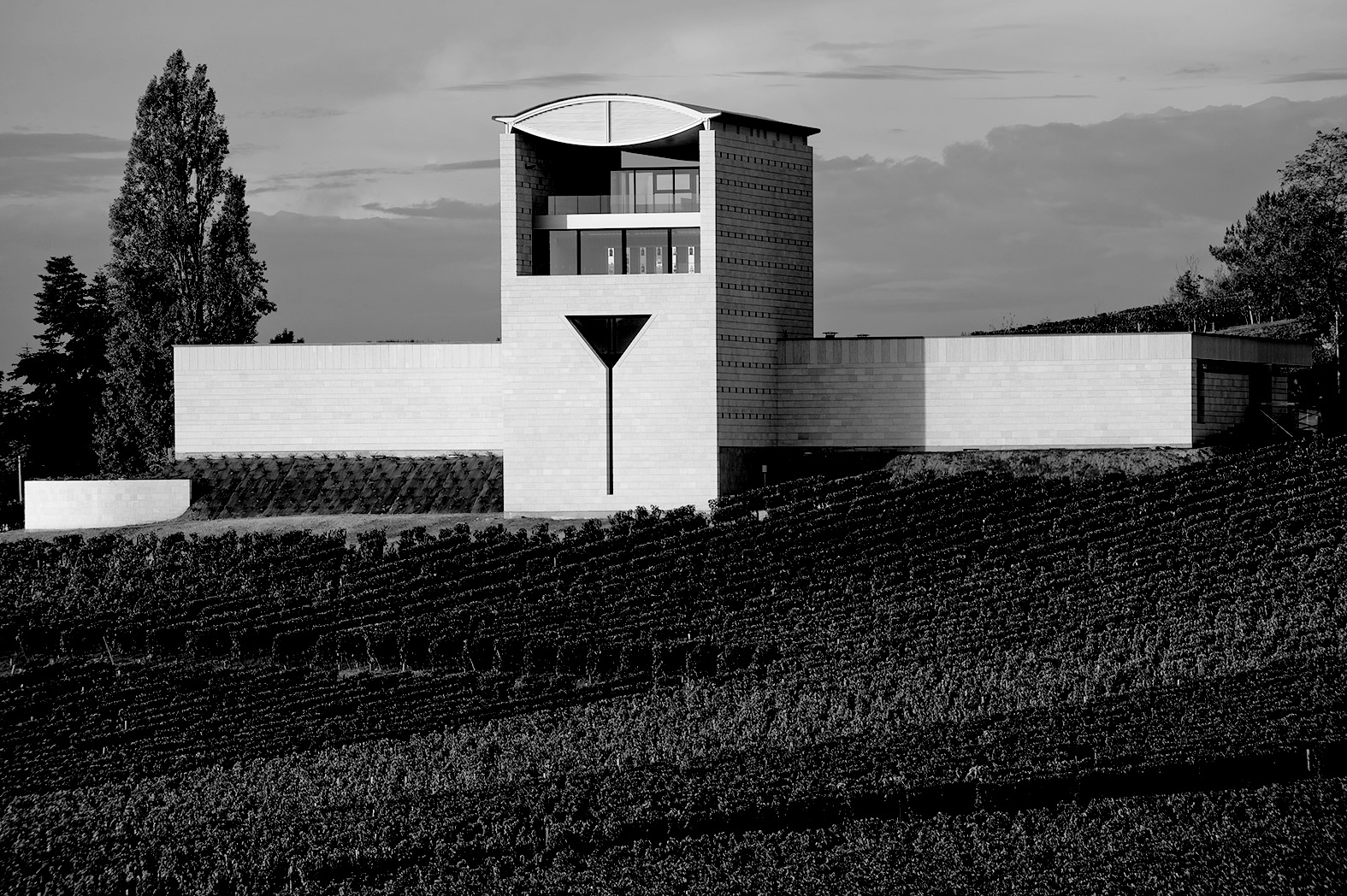
Since he purchased these vineyards, I have followed the positive production changes and style development of Denz’s right bank wines. Château Péby Faugères, in particular, has gone from strength to strength. The bold, flamboyant, multilayered 2015 and 2016 vintages are outstanding. Then I noticed a confusing change from the 2019 vintage onwards. There was a notable reductive note and earthy/vegetal characters, which made me concerned about mercaptans. I’ll confess I tasted the 2019, 2020, and 2021 vintages in large-scale merchant tastings, where there is little time to sit with the wines and see how they develop with time and air. I called the wines as I saw them at the time, suspecting that an underlying wine fault could be affecting all three properties (made by the same winemaker). Then in September this year, I had the opportunity to sit down with Silvio Denz and his relatively new estate manager (from 2019), Vincent Cruege, to retaste the 2020 and 2021 vintages and discuss recent winemaking changes.
"We combine time-honored, traditional pressing methods, with the latest technology."
“The previous owners, Pierre-Bernard (Péby) and Corinne Guisez had already invested a great deal of money and effort into improving the quality of the vineyards and the winemaking there,” said Denz. “Since I took over in 2005, we have been producing two second-label wines, Calice de Faugères and Le Merle de Péby Faugères, in order to refine the quality of the Grand Vin. Additionally, in 2009, we started operations at Mario Botta’s ‘Wine Cathedral’– the state-of-the-art winery at Château Faugères. We combine time-honored, traditional pressing methods, such as the use of gravity, with the latest technology. These measures all contributed to Château Faugères (42 ha) and Château Péby Faugères (7.5 ha) achieving Saint-Émilion’s loftiest accolade in 2012, reconfirmed in 2022: the Grand Cru Classé designation.”
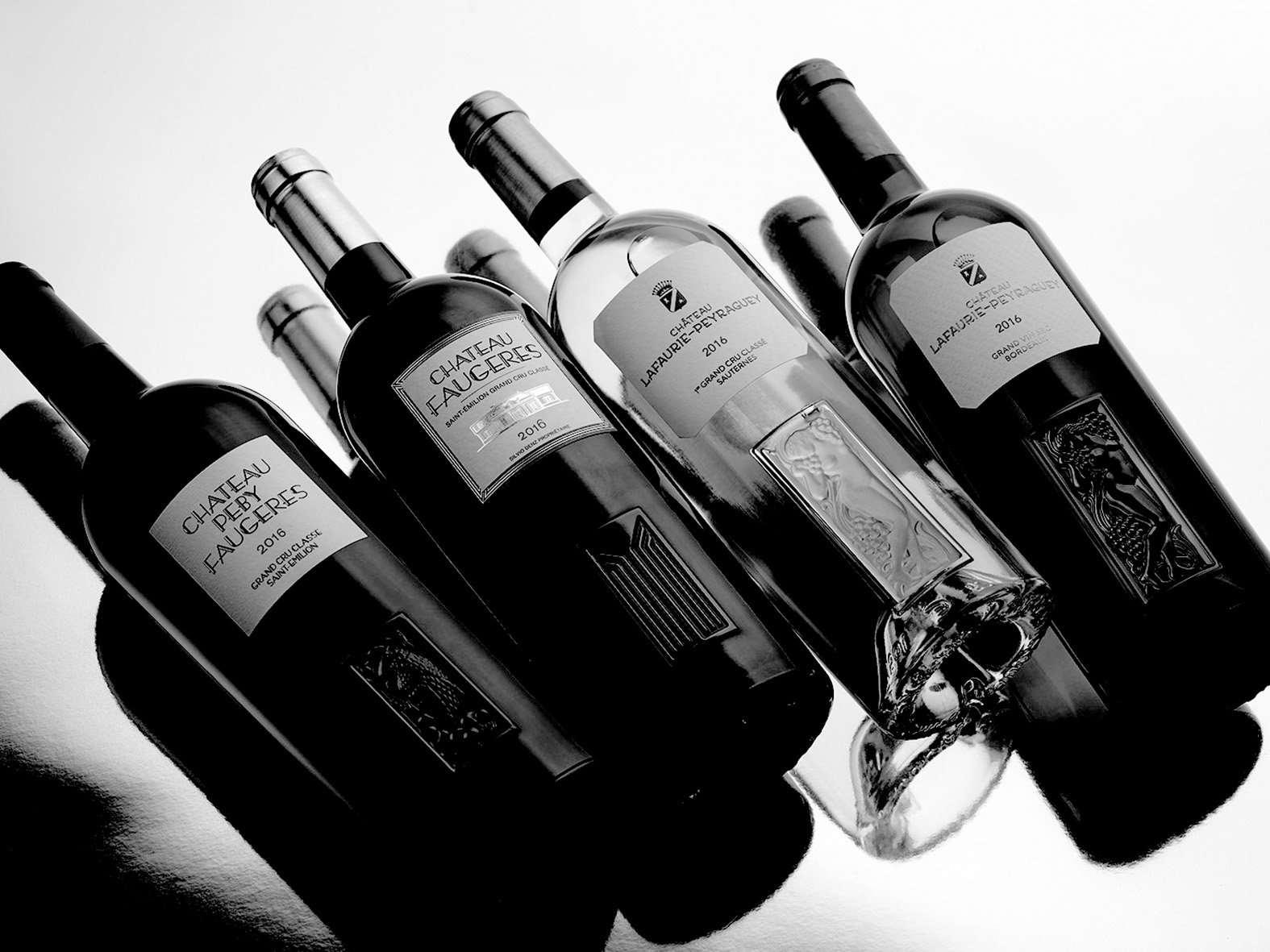
Péby Faugères was once part of the larger Faugères estate. Then in 1998, a special cuvée was made by Corinne Guisez to honor the passing of her husband Pierre-Bernard (Péby) in 1997. This was made exclusively from an 8-hectare section of Merlot. When Denz purchased the property from Corinne in 2005, it was his idea to create a separate estate from this section.
“Péby Faugères marks its 25th anniversary with the great 2022 vintage,” said Denz. “The annual output of around 1,000 cases always sells out quickly. For the future, our aim is to achieve Premier Grand Cru Classé ‘B’ status.”
“We have changed many things in the vineyard,” added Cruege. “We sold some parcels, and we wanted to concentrate on organic practices. Beginning in 2019, we looked for ways to make the fruit more accessible. We started harvesting a little earlier, with lower pH. We began vinifying partly in stainless steel and using Diam cork.”
These winemaking changes help explain why the recent vintages appear more reductive than previous vintages, especially when tasted during Primeurs and just after bottling.
After an initial tasting straight after opening, we gave the 2020s and 2021s and vigorous decant. The aeration indeed helped to dispel the reductive notes and bring the fruit to the forefront. Consequently, I have re-reviewed these two vintages with this article.
“In 2021, we completed the new cellar for Péby Faugères, and that vintage was the first to be made there,” continued Cruege. “Now that we are separate from the cellar from Faugères, where the wine was previously made, we can harvest when we like and quicker, vinifying with more smaller tanks. As for new winemaking techniques, we are looking to dial down new oak to soften the extraction of oak flavors and tannins. Now the wine is fermented 1/3 in oak, 1/3 in cement, and 1/3 in stainless steel. We use just 50% new oak for the aging. In 2020, we achieved organic certification for Péby Faugères and Rocheyron.”
Denz has also made significant changes to the production side at the Sauternes estate, decreasing the production of the sweet wine to focus on quality while introducing a dry white wine.
“Château Lafaurie-Peyraguey comprises 34 hectares of vineyards in total,” said Denz. “For two years, we have been focusing on 18 hectares that form the centerpiece of the property, classified in 1855. Three more hectares are given over to the production of dry white wine. The other vineyards of inferior quality are all leased out. Recent harvests have vindicated our decision: even in difficult years, it has been possible to further improve the quality and yield of our sweet wines. Dry white wine was already being produced at Lafaurie-Peyraguey 60 years ago. I successfully revived this tradition eight years ago alongside my friend Denis Dubourdieu, who sadly passed away far too young.”
The new hospitality side of Lafaurie-Peyraguey is a very impressive luxury hotel and restaurant in the heart of Sauternes, decorated from ceiling to floor with dazzling Lalique crystal fittings—chandeliers, cabinets, crystal stemware, and even the bathroom faucet handles. The restaurant, also named “Lalique,” was recently awarded two Michelin stars, creating a much-needed destination spot to attract tourism to this all-but-forgotten Bordeaux commune. And the wine bottles for Denz’s wines, including Lafaurie-Peyraguey, have been redesigned into some of the most decadent packagings in the wine world. Vignobles Silvio Denz’s perfume-caliber Art Deco wine bottles are also made by (you guessed it) Lalique.
"The message is in the bottle. The quality of the wine is paramount."
“The message is in the bottle,” Denz assured me. “The quality of the wine is paramount, but attractive packaging is also important. The label is the vineyard’s business card. A bottle of wine is often given as a present, so the packaging is a key element, in addition to the wine’s reputation and vintage. For example, in Japan, 70% of wine store customers are female, so attractive labels are highly popular there.”
Finally, I asked Denz about the similarities he sees between his empires of perfume and wines. “Apart from the fact that perfume and wine both come in bottles, each of the products is associated with an aroma or flavor. They stimulate our senses and trigger emotions.”
-
Article & Reviews by Lisa Perrotti-Brown MW
Photos courtesy of Vignobles Denz, LFP by Johan Berglund.

PRODUCERS IN THIS ARTICLE
> Show all wines sorted by scoreMore articles

2021 Bordeaux in Bottle and A Modest Proposal
24th Apr 2024
599 tasting notes

Pilcrow’s New Releases
18th Apr 2024
7 tasting notes
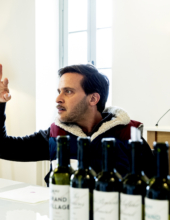
Bordeaux 2023 Primeurs Photo Essay
18th Apr 2024
0 tasting notes
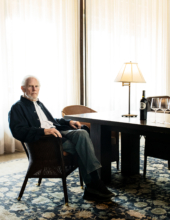
Harlan Estate, BOND, Promontory 2021 and 2011
11th Apr 2024
14 tasting notes
Show all articles
